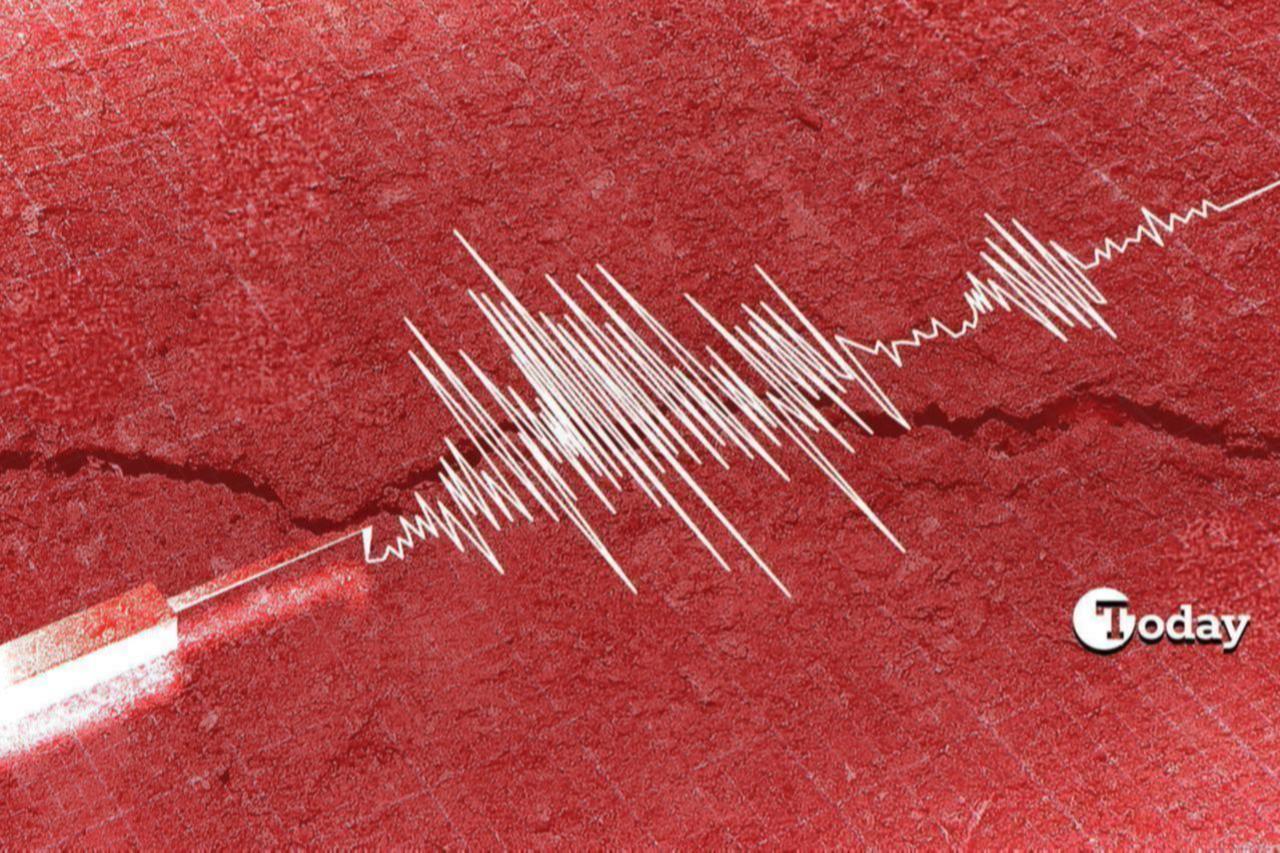
A powerful magnitude 8.8 earthquake struck off Russia's Kamchatka Peninsula early Wednesday, generating tsunami warnings across the Pacific Ocean and prompting mass evacuations from Hawaii to Japan as waves reached coastal areas.
The shallow earthquake, centered 119 kilometers (74 miles) east-southeast of Petropavlovsk-Kamchatsky at a depth of 20.7 kilometers (13 miles), represents the strongest quake to hit the region since 1952, according to the Russian Academy of Sciences.
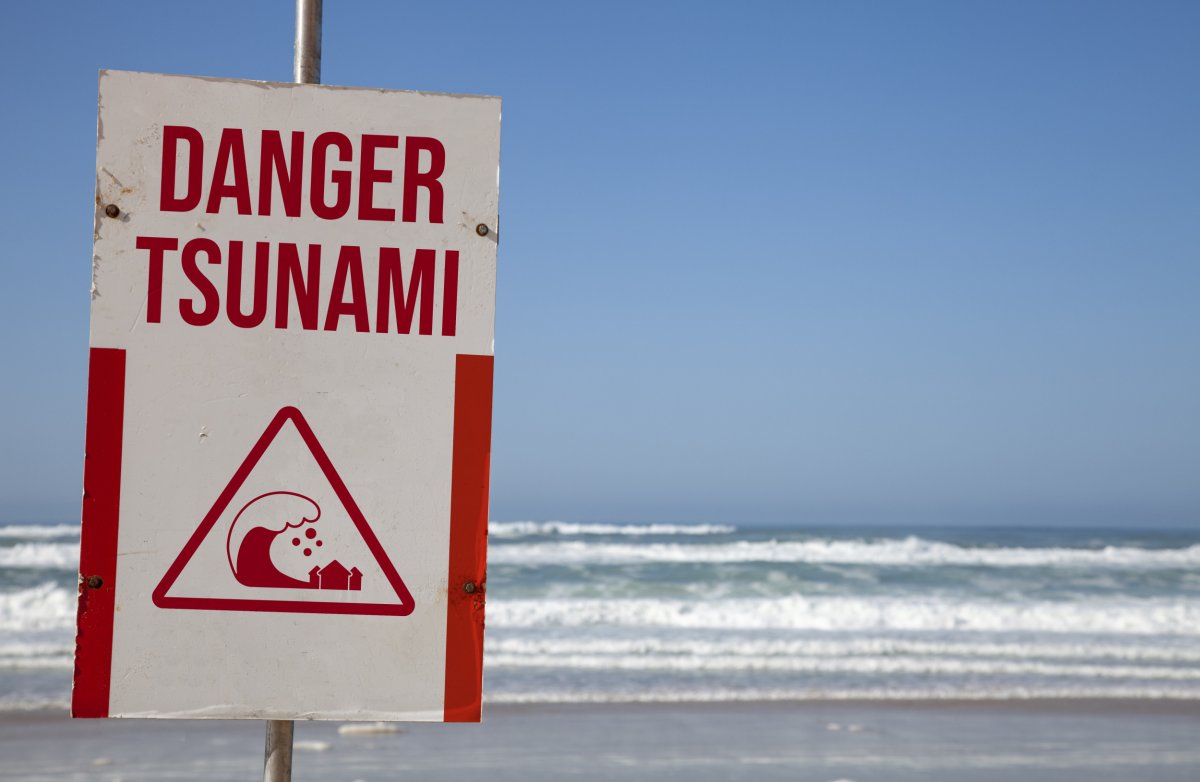
Tsunami waves reaching 10-13 feet struck parts of Kamchatka, partially flooding the port and a fish processing plant in the town of Severo-Kurilsk and sweeping vessels from their moorings, regional officials and Russia's emergency ministry reported.
"Today's earthquake was serious and the strongest in decades of tremors," Kamchatka Governor Vladimir Solodov said in a video posted on Telegram.
Several people in Kamchatka sought medical assistance following the quake, with regional health minister Oleg Melnikov telling Russia's TASS state news agency that injuries occurred as people fled buildings.
"Unfortunately, there are some people injured during the seismic event. Some were hurt while running outside, and one patient jumped out of a window. A woman was also injured inside the new airport terminal," Melnikov said.
Russia's Ministry for Emergency Services reported that a kindergarten was damaged but most buildings withstood the quake. No serious injuries or fatalities have been reported. Some 2,700 people were evacuated to safe areas in the Kuril Islands, according to TASS.
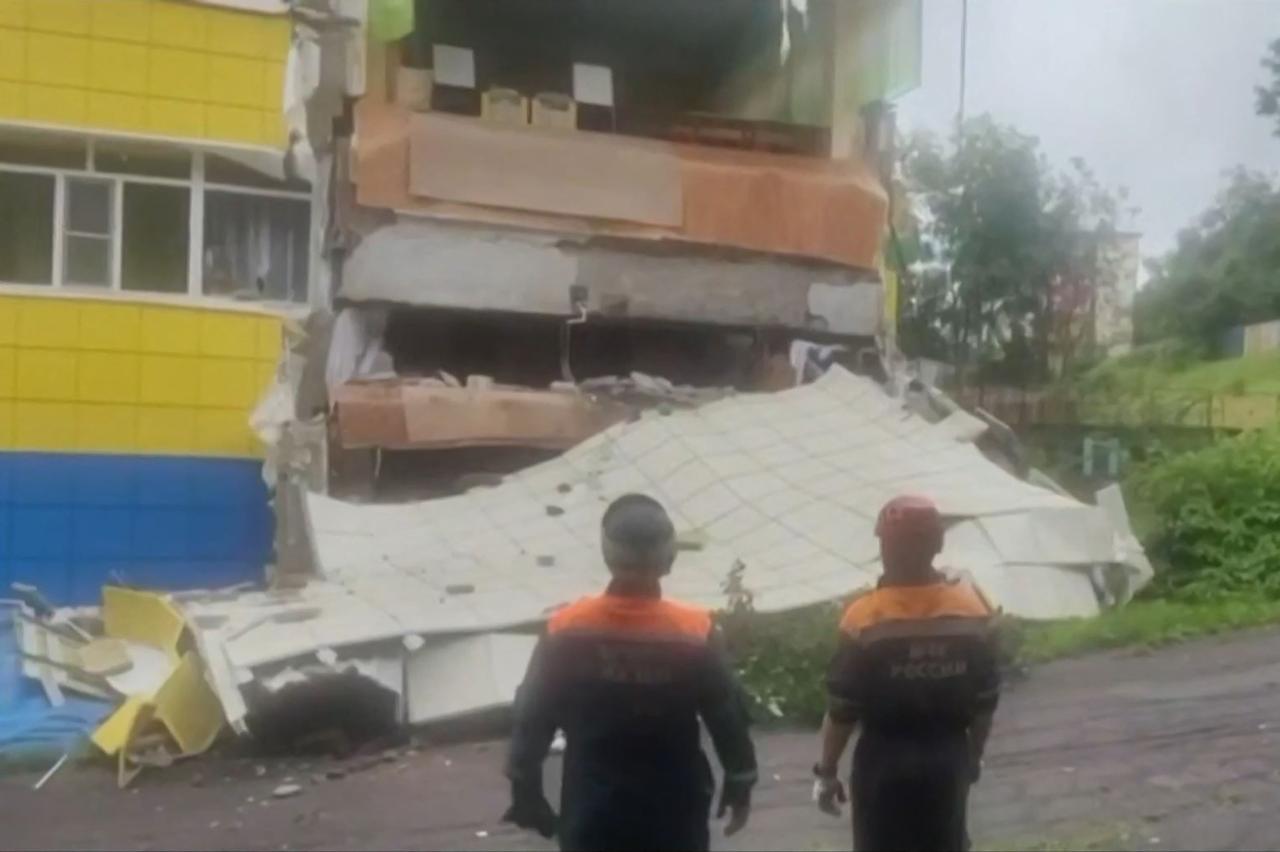
The entire state of Hawaii was placed under a tsunami warning, with the first waves expected to reach the islands at 7:17 p.m. local time Tuesday.
"We do expect damage. We expect significant damage along the coastlines," Hawaii Gov. Josh Green said at a news conference. "We pray that we won't lose any of our loved ones."
The Honolulu Department of Emergency Management called for the evacuation of coastal areas. "Take Action! Destructive tsunami waves expected," the department said on X.
Cars jammed streets and highways in Honolulu as tsunami alerts coincided with Tuesday afternoon rush hour. Warning sirens blared as people moved to higher ground, and Hawaii schools canceled after-school and evening activities.
Japan's Fire and Disaster Management Agency issued evacuation advisories to more than 900,000 residents in 133 municipalities along the Pacific coast, from Hokkaido to Okinawa.
The Japan Meteorological Agency warned that tsunami waves up to 3 meters could strike areas from Hokkaido to Wakayama and the Ogasawara Islands. A 50-centimeter (1.6-foot) tsunami was detected at Ishinomaki port in northern Japan, the highest measurement recorded so far.
Workers evacuated the stricken Fukushima nuclear plant, where a meltdown following the 2011 tsunami caused a radioactive disaster. Tokyo Electric Power Company Holdings said about 4,000 workers were taking shelter on higher ground while monitoring remotely to ensure plant safety.
Japanese Prime Minister Shigeru Ishiba warned people in alert areas to remain vigilant. "Even if a tsunami reaches an area, the second or third waves could be larger, so please pay close attention to tsunami-related information and remain in a safe location until the alert is lifted," he told reporters.
Japanese public broadcaster NHK reported that tsunami waves have now reached parts of Japan.
NHK also confirmed that tsunami waves arrived in northern Hokkaido Island after the earthquake off the Kamchatka Peninsula.
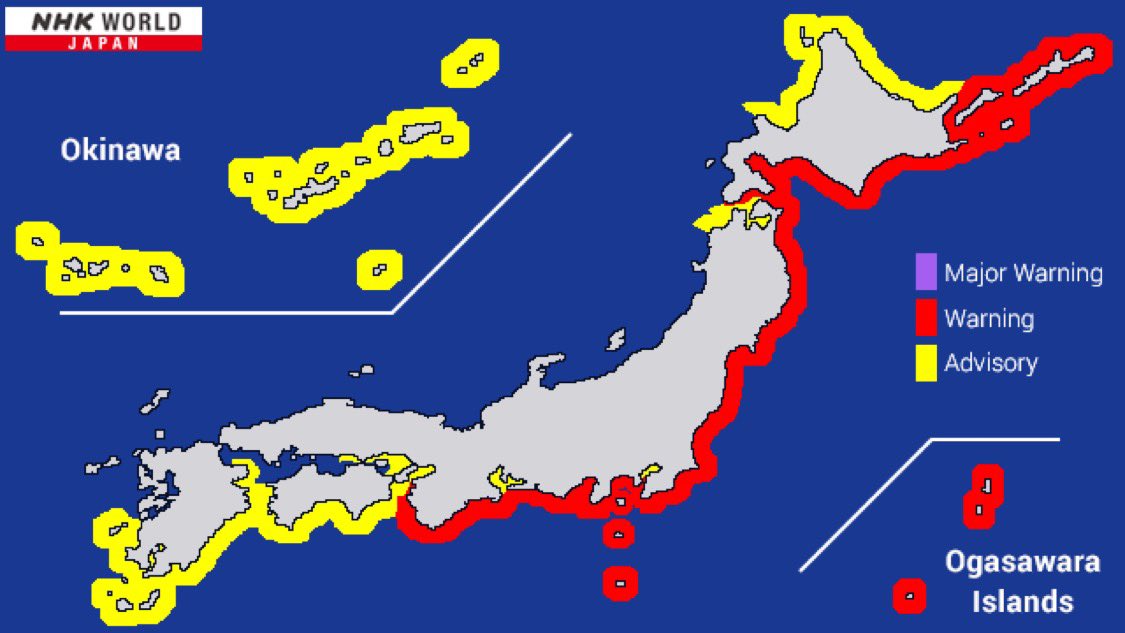
A tsunami up to 1 meter (3 feet) is expected to reach Hokkaido around 10 a.m. local time Wednesday, with other areas along eastern Honshu and southern Kyushu also at risk later in the day.
Agence France-Presse reports that Japan's Fukushima nuclear power plant was evacuated following the tsunami warning.
Residents in affected areas have been urged to evacuate and stay away from coastal zones and river mouths. Authorities warn against approaching the water to observe the waves.

A tsunami advisory—the second-highest level of alert—was issued for parts of Alaska’s Aleutian Islands, from Samalga Pass to Attu. The advisory warns of the potential for strong waves and dangerous coastal currents.
In Hawaii, a tsunami watch is in effect for all islands, including Oahu, Maui, the Big Island, and Kauai. The PTWC said a tsunami "may have been generated by this earthquake that could be destructive on coastal areas even far from the epicenter."
The U.S. National Weather Service has issued a tsunami warning for the entire West Coast, including California, according to Fox News.
The U.S. National Meteorological Service also issued a tsunami warning for the coast of California. Tsunami warnings were also issued for the coasts of Oregon and Washington in the United States.
Following the tsunami warning, tsunami sirens sounded across parts of Hawaii, prompting U.S. citizens to flee to higher ground.

Fox News reports that a tsunami warning has been issued for the entire U.S. West Coast.
Tsunami threat assessments remain ongoing for Guam, American Samoa, and other U.S. Pacific territories.
Additionally, the U.S. has warned that tsunami waves over 3 meters could potentially strike the coast of Ecuador.
U.S. President Donald Trump announced the tsunami warning in a social media post: "Due to a massive earthquake that occurred in the Pacific Ocean, a Tsunami Warning is in effect for those living in Hawaii. A Tsunami Watch is in effect for Alaska and the Pacific Coast of the United States. Japan is also in the way."
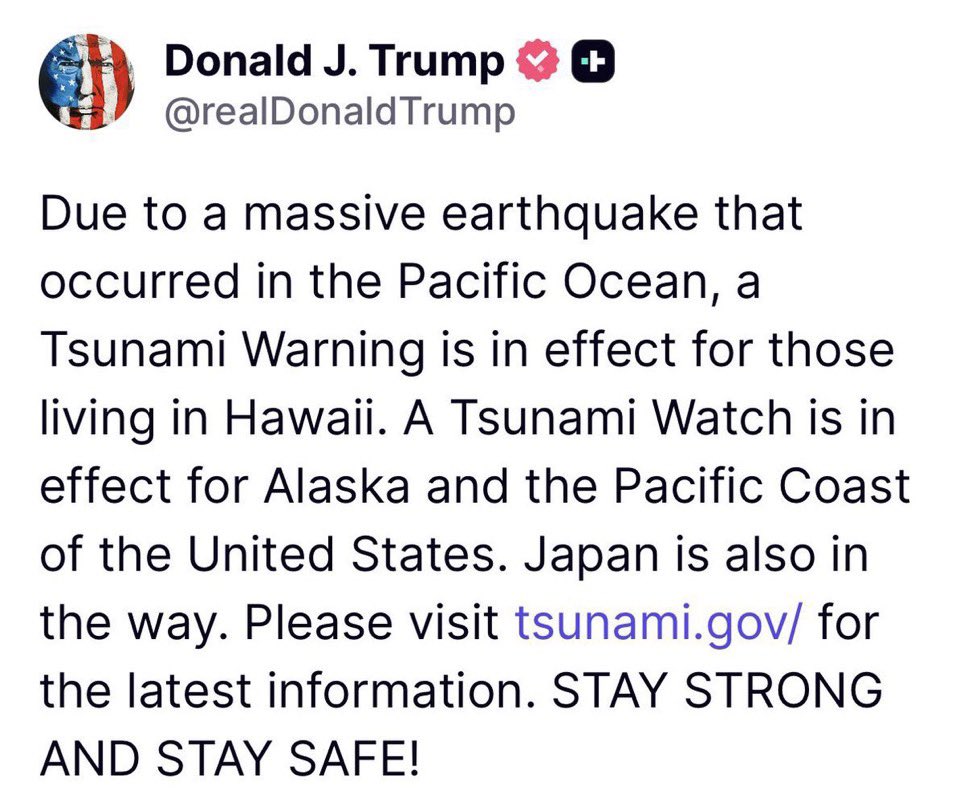
The U.S. Geological Survey revised its initial magnitude estimate from 8.0 to 8.8 and reported a series of strong aftershocks up to magnitude 6.9.
"However, due to certain characteristics of the epicenter, the shaking intensity was not as high as one might expect from such a magnitude," said Danila Chebrov, director of the Kamchatka Branch of the Geophysical Service.
"Aftershocks are currently ongoing. Their intensity will remain fairly high. However, stronger tremors are not expected in the near future. The situation is under control."
A resident in Petropavlovsk-Kamchatsky described the prolonged shaking: "Considering its strength and how long it lasted, I decided to leave the building. The building is very flimsy and light, which might be why it survived. But it felt like the walls could collapse any moment. The shaking lasted continuously for at least 3 minutes."
The earthquake appeared to be the strongest anywhere in the world since the March 2011 earthquake off northeast Japan that measured 9.0 magnitude and caused a massive tsunami that triggered nuclear plant meltdowns.